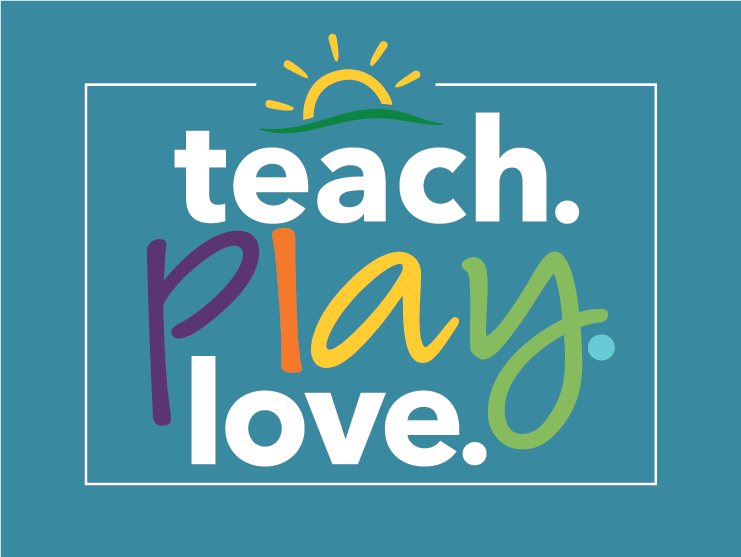What Does a Book of Excellence Encompass?
What distinguishes a Book of Excellence from all the good children’s books published each year? Great children’s literature has character, beauty, poetic language, and stories that make us think about everyday moments or life’s possibilities and struggles. Excellence may be as loud as a peddler yelling at monkeys with hats or as quiet as a little old lady whispering hush; as fantastic as a land of wild things or as down to earth as a snowy day; as quirky as a cowardly lion or as universal as late-blooming Leo. Books of Excellence have room for witches and trolls, bunnies and bears, brave little girls and foolish little boys (and the reverse), rascals and villains, sadness and joy. They are books for adults and children to experience together, over and over again.
Your Role in Growing Readers
You can make the most of being your child’s first and most important teacher by spending time with your child in conversation, having fun with language, reading and writing, and modeling respect for the written and spoken word. Remember, the goal is not to push early reading—sooner is not better or predictive of future success as a reader. Help grow a skilled, lifelong reader by:
- Selecting books carefully. While one book focuses on illustrations, another may lack in such aesthetic pleasure, and instead be great to read alone.
- Establishing reading rituals. Reading a book before nap or bedtime is soothing and a great habit to form with your child. There are words everywhere—encourage your child to be aware of labels, signs, and headlines throughout the day.
- Taking your child to libraries and bookstores. You can help your child get a library card by age 4 and he or she will love the independence it brings them.
- Subscribing to a magazine for your child. She will enjoy receiving mail. Some good magazines for children include Sesame Street and National Geographic for Children.
- Encouraging your child to “write” and display “writing.” Drawings, letters, words, and scribbles can be posted on a corkboard where your family can admire the work.
Readers grow and flourish in families and communities that value the written word. Literacy is the product of extensive and systematic interactions with printed words and high expectations for the child’s language development.





